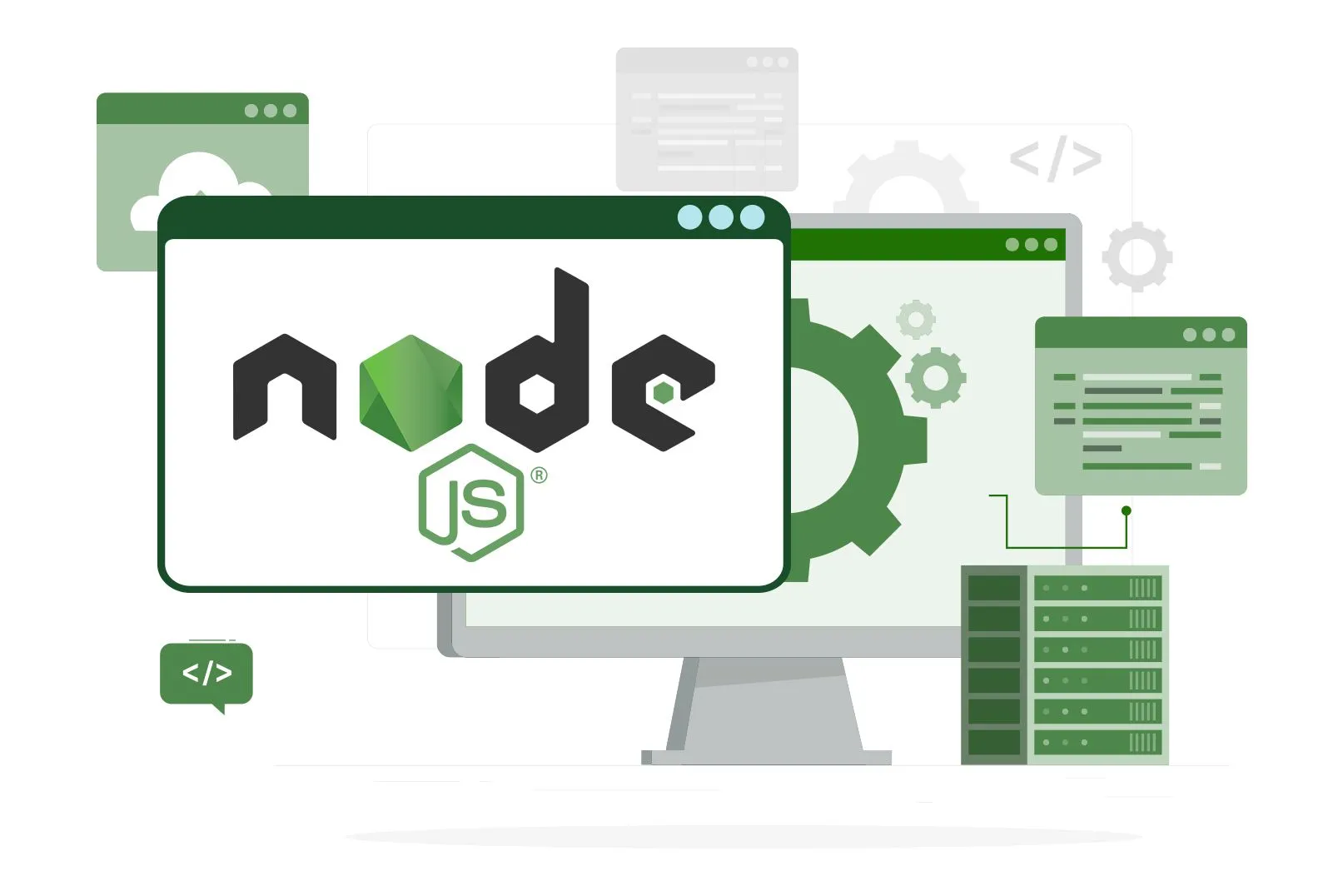Building Node JS Scalable Applications: Best Practices, Tools, and Patterns for Optimal Performance

Node.js has become one of the most popular platforms for building scalable and high-performance backend systems. Its event-driven, non-blocking I/O model makes it lightweight and efficient, perfect for data-intensive real-time applications. However, building a truly scalable backend involves more than just choosing the right platform. It requires a thoughtful architecture, the right tools, and best practices. Here’s a guide to help you create a scalable backend in Node.js.
1. Use Asynchronous Programming
Node.js is designed for asynchronous programming. Use callbacks, Promises, and async/await to handle asynchronous operations. This helps to avoid blocking the event loop, ensuring your application can handle multiple requests efficiently.
const getData = async () => {
try {
const data = await fetchDataFromDatabase();
console.log(data);
} catch (error) {
console.error('Error fetching data:', error);
}
};
2. Modularize Your Code
Break your application into smaller modules. This not only makes the codebase easier to manage but also allows you to scale individual parts of the application independently.
- Controllers: Handle HTTP requests and responses.
- Services: Contain the business logic.
- Repositories: Interact with the database.
Example directory structure:
/src
/controllers
/services
/repositories
/models
/routes
3. Use a Load Balancer
A load balancer distributes incoming requests across multiple servers. This helps to manage the load effectively and ensures high availability. Tools like Nginx or AWS Elastic Load Balancing can be used to set up a load balancer.
4. Implement Caching
Caching is essential for reducing latency and improving performance. Use tools like Redis or Memcached to cache frequently accessed data.
const redis = require('redis');
const client = redis.createClient();
client.on('error', (err) => {
console.log('Redis error: ', err);
});
const cacheMiddleware = (req, res, next) => {
const { id } = req.params;
client.get(id, (err, data) => {
if (err) throw err;
if (data !== null) {
res.send(data);
} else {
next();
}
});
};
5. Optimize Database Queries
Inefficient database queries can become a bottleneck. Use indexing, query optimization, and database clustering to improve performance. Additionally, consider using NoSQL databases like MongoDB for scalable, schema-less data storage.
6. Horizontal Scaling
Horizontal scaling involves adding more servers to handle the load. This is typically achieved by cloning the server and adding them to the load balancer. Use containerization tools like Docker and orchestration tools like Kubernetes to manage and scale your services.
7. Use a Microservices Architecture
Microservices break down the application into smaller, independent services. Each service can be developed, deployed, and scaled independently. This allows for better resource utilization and scalability.
8. Monitor and Log Everything
Monitoring and logging are crucial for maintaining and scaling an application. Use tools like Prometheus for monitoring and ELK Stack (Elasticsearch, Logstash, Kibana) for logging and analyzing logs.
const express = require('express');
const morgan = require('morgan');
const app = express();
// Setup morgan for logging
app.use(morgan('combined'));
app.listen(3000, () => {
console.log('Server is running on port 3000');
});
9. Handle Failures Gracefully
Implement strategies like retries, circuit breakers, and fallbacks to handle failures gracefully. Libraries like node-circuit-breaker can help implement these patterns.
const CircuitBreaker = require('opossum');
const options = {
timeout: 3000, // If the function takes longer than 3 seconds, trigger a failure
errorThresholdPercentage: 50, // When 50% of requests fail, open the circuit
resetTimeout: 30000 // After 30 seconds, try again
};
const breaker = new CircuitBreaker(fetchData, options);
breaker.fallback(() => 'Fallback data');
breaker.on('open', () => console.log('Circuit is open'));
breaker.on('close', () => console.log('Circuit is closed'));
10. Security Best Practices
Security is a critical aspect of scalability. Implement practices like input validation, secure authentication, HTTPS, and environment variables for configuration.
const dotenv = require('dotenv');
dotenv.config();
const express = require('express');
const helmet = require('helmet');
const app = express();
app.use(helmet());
app.listen(3000, () => {
console.log('Server is running on port 3000');
});
Conclusion
Creating a scalable backend in Node.js involves leveraging its asynchronous nature, structuring your code effectively, implementing caching, optimizing database interactions, and monitoring performance. By following these best practices and utilizing the right tools, you can build a backend that can handle growth and provide a seamless experience to users.
